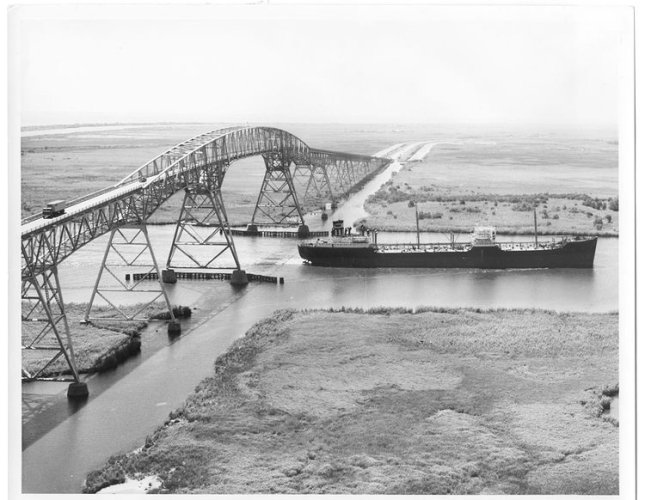AKsuited
New member
https://www.usatoday.com/story/trav...8/10-longest-bridges-to-drive-across/2118739/
Lake Pontchartrain Causeway - 126,122 feet
According to the Guinness Book of World Records, the Lake Pontchartrain Causeway is the longest continuous bridge passing over water, the waters of New Orleans's Lake Pontchartrain to be exact. The bridge is so long that for 8 of its 24 miles, you can't see land in any direction.
Harry
Lake Pontchartrain Causeway - 126,122 feet
According to the Guinness Book of World Records, the Lake Pontchartrain Causeway is the longest continuous bridge passing over water, the waters of New Orleans's Lake Pontchartrain to be exact. The bridge is so long that for 8 of its 24 miles, you can't see land in any direction.
Harry


